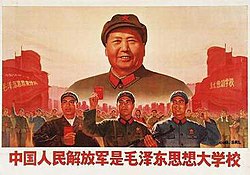On September 19th 2012, the latest city in the UK to have its own regional currency is the city of Bristol. It is known as the Bristol Pound (£B) and it comes in four denominations: 1, 5, 10 and 20. Good news for the residents of Bristol, because one Bristol Pound is exactly exchangeable for one pound sterling. The Bristol Pound denominations are complete with designs submitted by those in the community.
There are many synonyms for 'regional currency', including local currency, community currency and alternative currencies, though they do not necessarily have the exact same meaning. We will focus on local currency and regional currency here.
Two of the most well-known local/regional currencies include the Chiemgauer and the Berkshare. The Chiemgauer is used in Prien am Chiemsee, Bavaria, Germany and was introduced in 2003; the Berkshare was introduced in September 2006 in the region of Berkshire, Massachusetts, USA. They are popular with residents of respective regions.
(To be continued in Part 2)
Cheers
zhusun




